Diamonds have always captured the human imagination with their exquisite beauty and unparalleled durability. As one of the most coveted gemstones in the world, diamonds have fascinated people for centuries. In this article, we delve into the world of diamonds as a common mineral, exploring its geological origins, unique characteristics, and global significance in various industries. 1. Geology and Formation: Diamonds are formed deep within the Earth’s mantle, under intense pressure and high temperatures. While most minerals are composed of a variety of elements, diamonds are purely made of carbon atoms arranged in a unique crystal lattice structure. Over millions of years, carbon-rich rocks or minerals undergo tremendous heat and pressure, eventually transforming into diamonds. These precious gems are then brought to the Earth’s surface through volcanic eruptions, creating diamond-rich zones in certain regions.
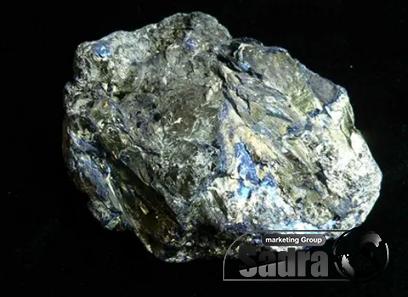
.
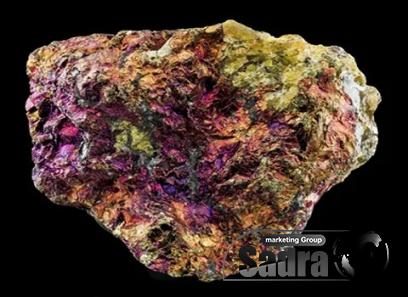 2. Unique Characteristics: Diamonds possess several distinct attributes that make them highly coveted. Their exceptional hardness, measured as a 10 on the Mohs scale, ensures their durability and resistance to scratching. This hardness, combined with their brilliance, fire, and ability to refract light, contributes to their unparalleled beauty and desirability. Additionally, diamonds have excellent thermal conductivity and electrical insulation properties, making them valuable in various industrial applications beyond their use in jewelry. 3. Importance in the Jewelry Industry: Diamonds have long been synonymous with luxury and elegance in the world of jewelry. Their dazzling brilliance and timeless allure make them the ultimate symbol of love, commitment, and celebration. From engagement rings to anniversary gifts, diamonds hold an emotional value that transcends their monetary worth.
2. Unique Characteristics: Diamonds possess several distinct attributes that make them highly coveted. Their exceptional hardness, measured as a 10 on the Mohs scale, ensures their durability and resistance to scratching. This hardness, combined with their brilliance, fire, and ability to refract light, contributes to their unparalleled beauty and desirability. Additionally, diamonds have excellent thermal conductivity and electrical insulation properties, making them valuable in various industrial applications beyond their use in jewelry. 3. Importance in the Jewelry Industry: Diamonds have long been synonymous with luxury and elegance in the world of jewelry. Their dazzling brilliance and timeless allure make them the ultimate symbol of love, commitment, and celebration. From engagement rings to anniversary gifts, diamonds hold an emotional value that transcends their monetary worth.
..
 The diamond industry has grown significantly over the years, with established diamond mines and cutting centers around the globe catering to the ever-growing demand. 4. Industrial Applications: Beyond their aesthetic appeal, diamonds play a vital role in various industries. Due to their extreme hardness, diamonds are used extensively in industrial cutting, grinding, and polishing tools. They are crucial in the manufacturing of precision instruments, such as drill bits, saw blades, and grinding wheels. Additionally, diamonds find utility as heat sinks in electronics, thanks to their exceptional thermal properties. Their electrical insulation qualities make them ideal for use in semiconductors and high-voltage devices.
The diamond industry has grown significantly over the years, with established diamond mines and cutting centers around the globe catering to the ever-growing demand. 4. Industrial Applications: Beyond their aesthetic appeal, diamonds play a vital role in various industries. Due to their extreme hardness, diamonds are used extensively in industrial cutting, grinding, and polishing tools. They are crucial in the manufacturing of precision instruments, such as drill bits, saw blades, and grinding wheels. Additionally, diamonds find utility as heat sinks in electronics, thanks to their exceptional thermal properties. Their electrical insulation qualities make them ideal for use in semiconductors and high-voltage devices.
…
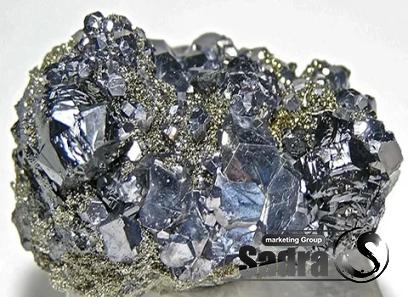 5. Global Diamond Markets: The global diamond industry is a multi-billion-dollar market, with key players including diamond miners, cutters, and retailers. Countries like Russia, Botswana, Canada, and Australia are prominent diamond producers, while major polishing and trading centers are found in India, Belgium, Israel, and the United States. Consumers worldwide are increasingly demanding ethically sourced diamonds, leading to the rise of certification programs such as the Kimberly Process, guaranteeing conflict-free diamonds. Conclusion: Diamonds are more than just a highly sought-after gemstone; they are a common mineral with a captivating geological history. Formed under extreme conditions deep within the Earth’s mantle, diamonds possess unique qualities that make them both visually stunning and useful in various sectors. From their integral role in the jewelry industry to their practical applications in cutting tools and electronics, diamonds continue to captivate and contribute to our lives.
5. Global Diamond Markets: The global diamond industry is a multi-billion-dollar market, with key players including diamond miners, cutters, and retailers. Countries like Russia, Botswana, Canada, and Australia are prominent diamond producers, while major polishing and trading centers are found in India, Belgium, Israel, and the United States. Consumers worldwide are increasingly demanding ethically sourced diamonds, leading to the rise of certification programs such as the Kimberly Process, guaranteeing conflict-free diamonds. Conclusion: Diamonds are more than just a highly sought-after gemstone; they are a common mineral with a captivating geological history. Formed under extreme conditions deep within the Earth’s mantle, diamonds possess unique qualities that make them both visually stunning and useful in various sectors. From their integral role in the jewelry industry to their practical applications in cutting tools and electronics, diamonds continue to captivate and contribute to our lives.
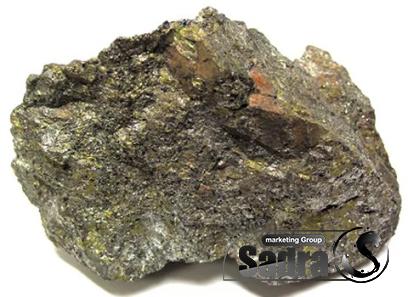
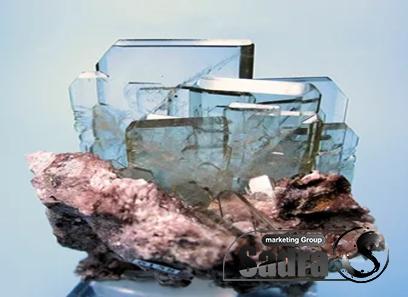
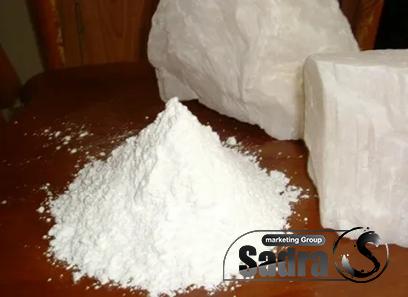

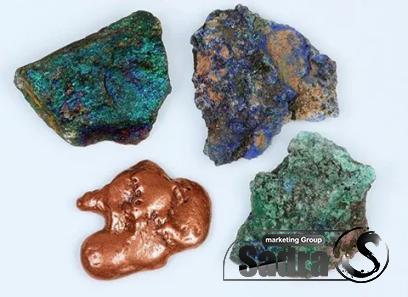



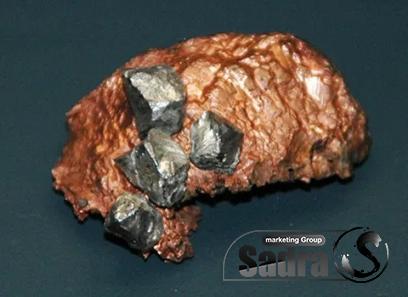

Your comment submitted.